Return to News Center
Resolution of Projector Screens
 Reviewed:0
Release time:2025-09-09
source:About Us
Reviewed:0
Release time:2025-09-09
source:About Us
Guide:
The resolution of a projector screen is a fundamental factor that significantly influences the clarity and detail of the projected image. It refers to the number of pixels that can be displayed on the screen, typically expressed in terms of horizontal and vertical pixel counts, such as 1920×1080 (Fu

The resolution of a projector screen is a fundamental factor that significantly influences the clarity and detail of the projected image. It refers to the number of pixels that can be displayed on the screen, typically expressed in terms of horizontal and vertical pixel counts, such as 1920×1080 (Full HD) or 3840×2160 (4K Ultra HD). A higher resolution means more pixels are packed into the screen, resulting in a sharper, more detailed image with smoother lines and finer text.
In the era of high - definition and ultra - high - definition content, the demand for projector screens with higher resolutions has been steadily increasing. For example, a Full HD projector screen with a resolution of 1920×1080 can display 2,073,600 pixels, which is sufficient for most standard video and gaming content, providing a clear and immersive viewing experience. However, as 4K and even 8K content becomes more prevalent, projector screens with corresponding resolutions are required to fully showcase the enhanced detail and clarity of these high - end formats. A 4K Ultra HD screen with a resolution of 3840×2160 offers four times the number of pixels as a Full HD screen, enabling viewers to see every minute detail, such as the texture of fabrics in movies or the intricate details in high - resolution images.
The compatibility between the projector's resolution and the screen's resolution is crucial. If the projector outputs a higher resolution than the screen can handle, the image quality will be limited by the screen's resolution, and the additional detail provided by the projector will be lost. Conversely, if the projector has a lower resolution than the screen, the image may appear pixelated or stretched, degrading the viewing experience. Therefore, when choosing a projector screen, it is essential to consider the resolution capabilities of the projector to ensure optimal image quality.
Moreover, the viewing distance also affects the perception of resolution. For a given screen size, a higher - resolution screen will appear clearer and more detailed when viewed from a closer distance. In a home theater setting, for example, viewers sitting closer to the screen will benefit more from a high - resolution screen, as they can perceive the finer details. On the other hand, in a large auditorium or conference hall, where the viewing distance is greater, a slightly lower - resolution screen may still provide an acceptable level of image quality. Overall, the resolution of a projector screen is a key determinant of the visual quality of the projected image, and careful consideration of this factor is necessary to achieve the best possible viewing experience.
Read recommendations:
HN30A Portable - HN Series Projector
Interactive Projectors for Educational Settings
Projector Silent Design





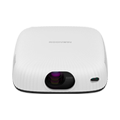
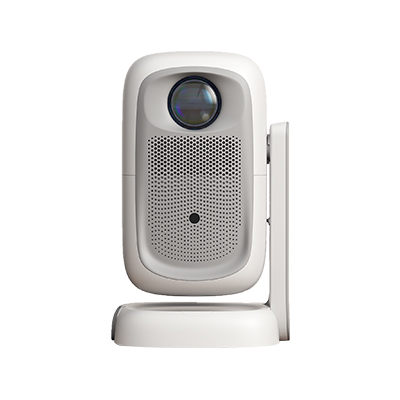

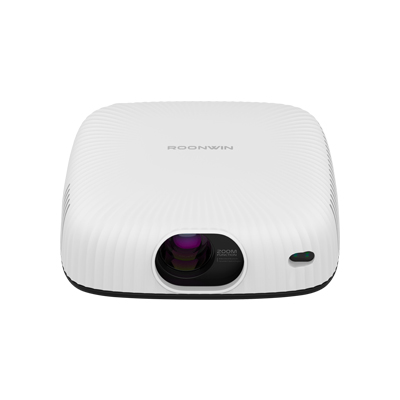









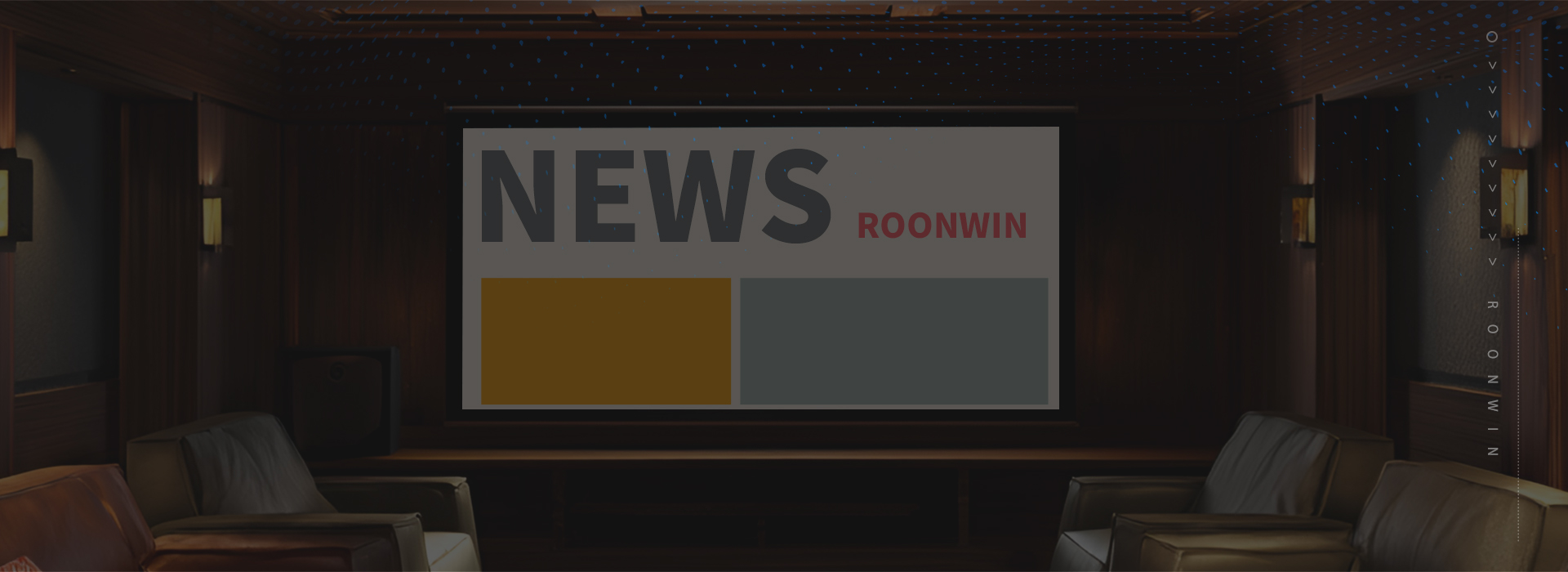
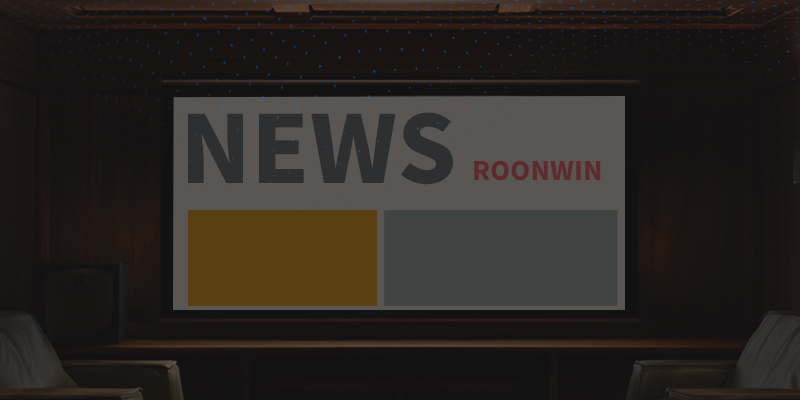
 Reviewed:
Reviewed:











